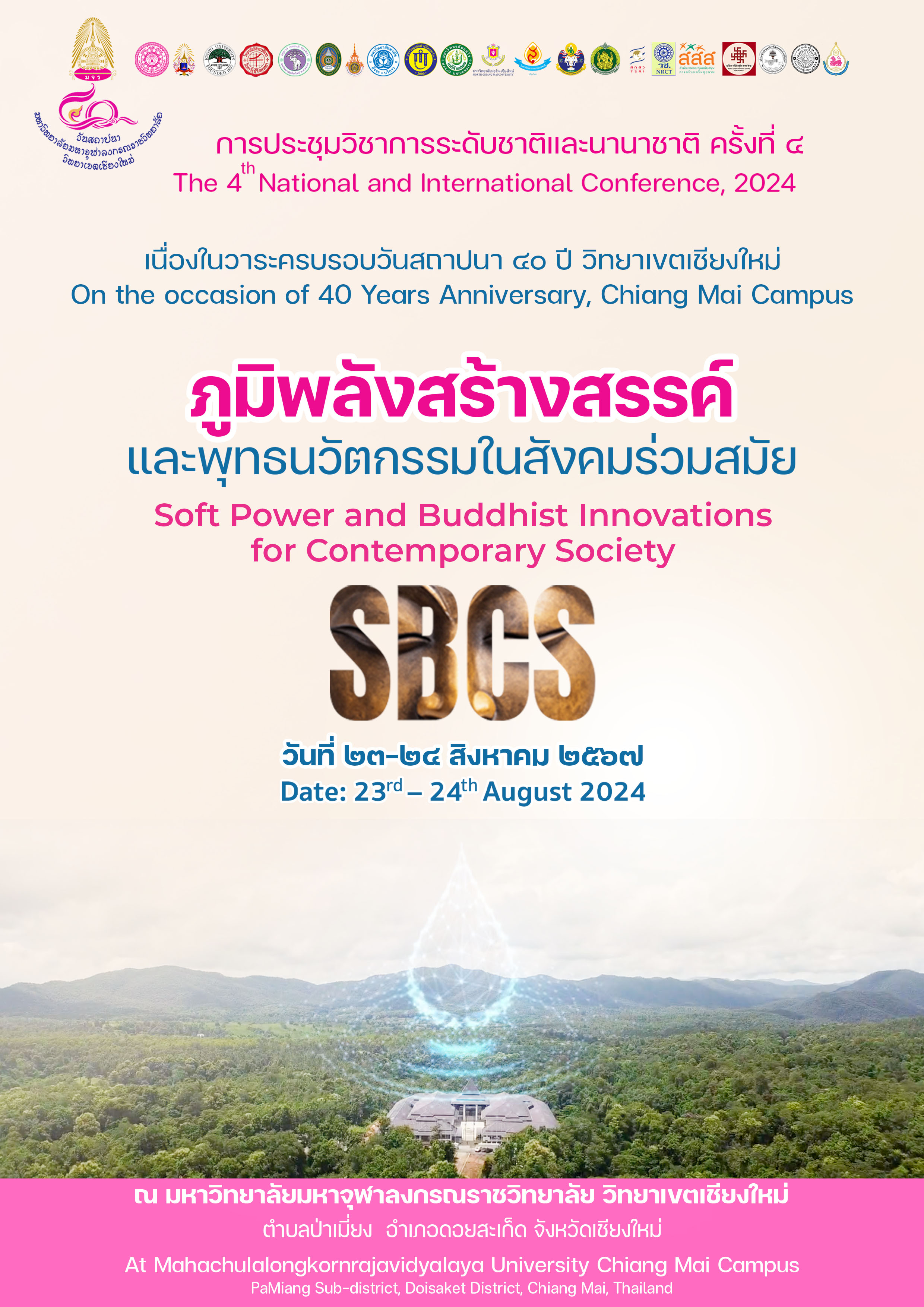The Differences Paths between Hinduism and Buddhism from a Nepalese Perspective
Abstract
This article explores the fundamental differences between Hinduism and Buddhism through the unique lens of Nepalese culture and society. Given Nepalís historical significance as the birthplace of the Buddha and its deep-rooted Hindu traditions, the Nepalese perspective offers a rich and nuanced understanding of how these two religions coexist and influence each other. By delving into their origins, core beliefs, practices, and their impact on Nepalese identity, daily life, and social structures, the article illuminates the dynamic interplay between these two spiritual traditions.
Hinduism, with its origins in the Vedic traditions of ancient India, presents a complex tapestry of gods, rituals, and philosophies. It emphasizes the pursuit of dharma (duty), artha (prosperity), kama (pleasure), and moksha (liberation). Buddhism, founded by Siddhartha Gautama (the Buddha) in the 6th century BCE, offers a path to enlightenment through the Four Noble Truths and the Eightfold Path, focusing on the cessation of suffering and the attainment of Nirvana.
In Nepal, these religious traditions are not only historical and spiritual pillars but also integral to the socio-cultural fabric. The article examines how Hinduism and Buddhism shape Nepalese festivals, rituals, and daily practices, highlighting their distinct yet complementary roles. It also explores how Nepalese society navigates the theological and philosophical differences, such as Hinduismís caste system versus Buddhismís egalitarian ethos, and the differing views on karma and rebirth.
Furthermore, the article addresses the contemporary relevance of these religions in Nepal, considering the challenges and opportunities posed by modernity and globalization. Through documentary research and case studies, it presents personal narratives that reflect the lived experiences of Nepalese people, illustrating how they harmonize the teachings of both Hinduism and Buddhism in their quest for spiritual and social fulfillment.
References
Gellner, D. N. (2009a). Hinduism and Buddhism in Nepal: An ethnographic study. Oxford University Press.
Gellner, D. N. (2009b). Religions in Nepal: The dynamics of Hindu and Buddhist practices. Oxford University Press.
Keown, D. (2013). Buddhism: A very short introduction (2nd ed.). Oxford University Press.
Knott, K. (2000). Hinduism: A very short introduction. Oxford University Press.
Lewis, T. (1993). Hindu-Buddhist synthesis in Nepal. History of Religions, 33(1), 25-40.
Lienhard, S. (1974). Hinduism and Buddhism in Nepal. Ratna Pustak Bhandar.
Radhakrishnan, S. (2009). Indian philosophy: Volume I: With an introduction by J. N. Mohanty (2nd ed.). Oxford University Press.
Shaha, R. (1992). Ancient and medieval Nepal. Manohar Publishers and Distributors.
Sharma, P. R. (1993). Hinduism and Buddhism in Nepal: A historical perspective (Vol. 10). Tribhuvan University Press.
Sharma, P. (2012). Hindu-Buddhist relations in Nepal: Historical and contemporary perspectives. Himalayan Journal of Sociology and Anthropology, 5, 73-90.

